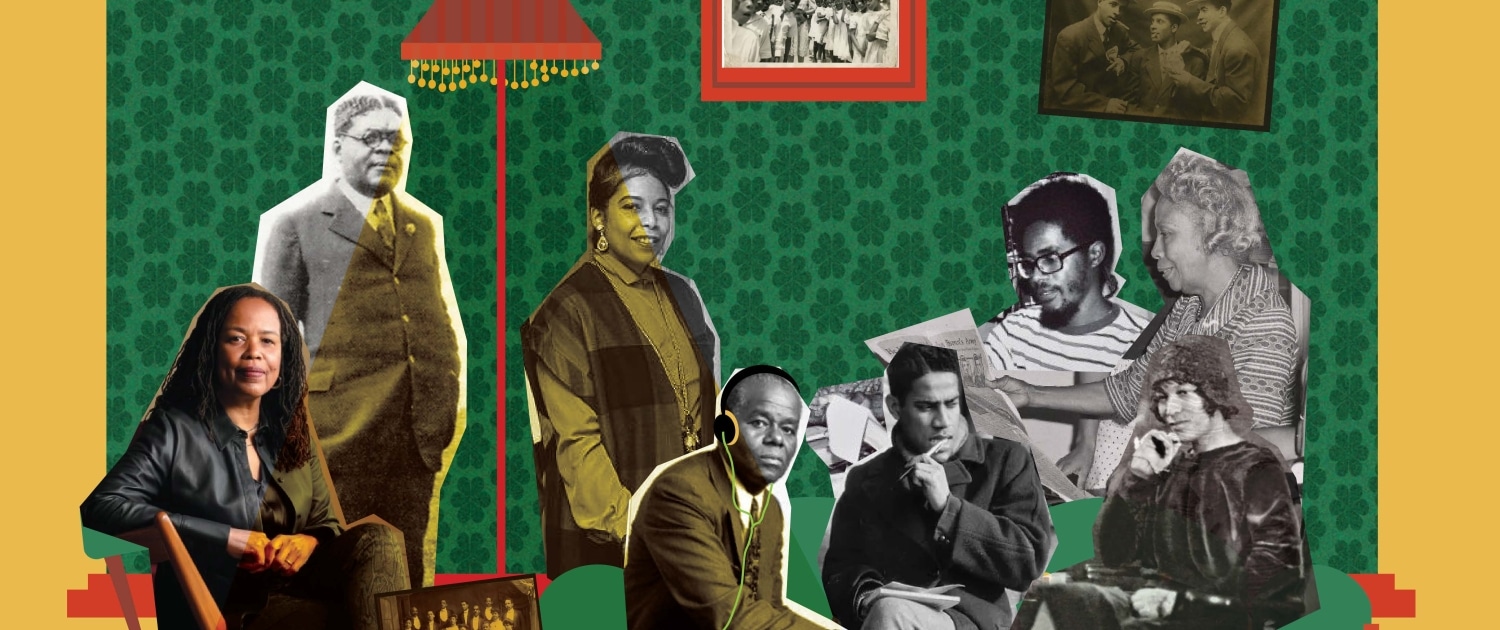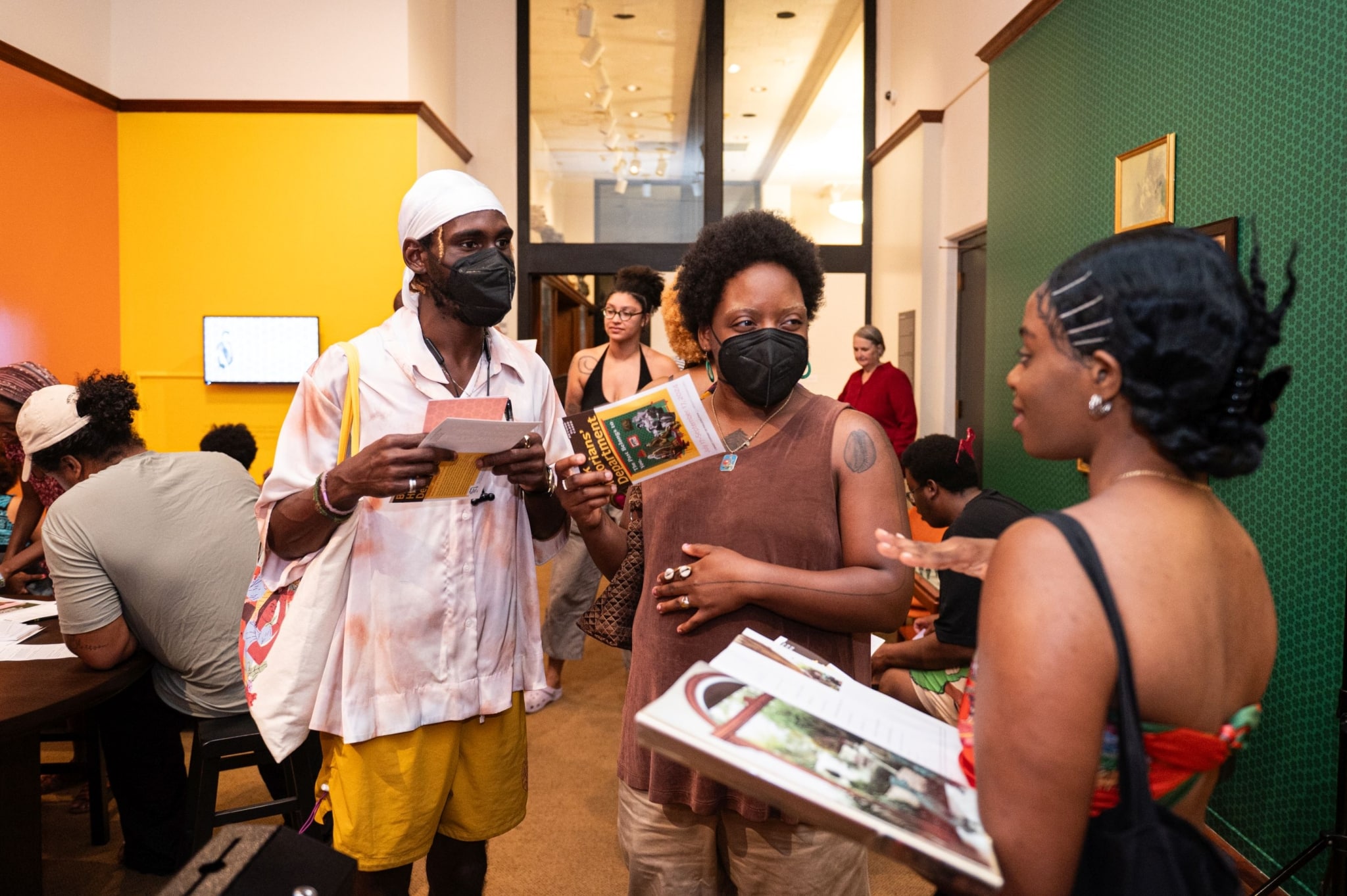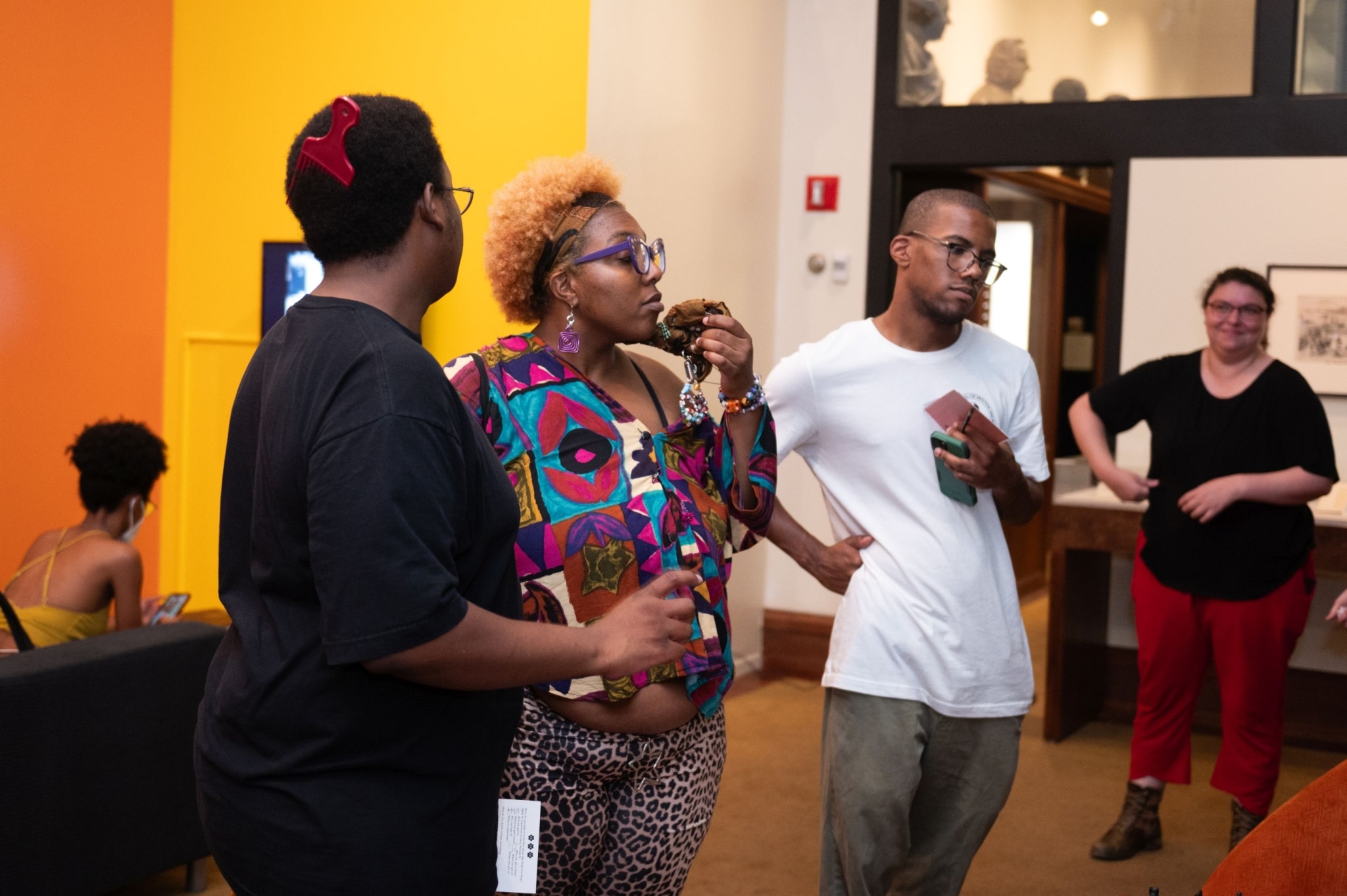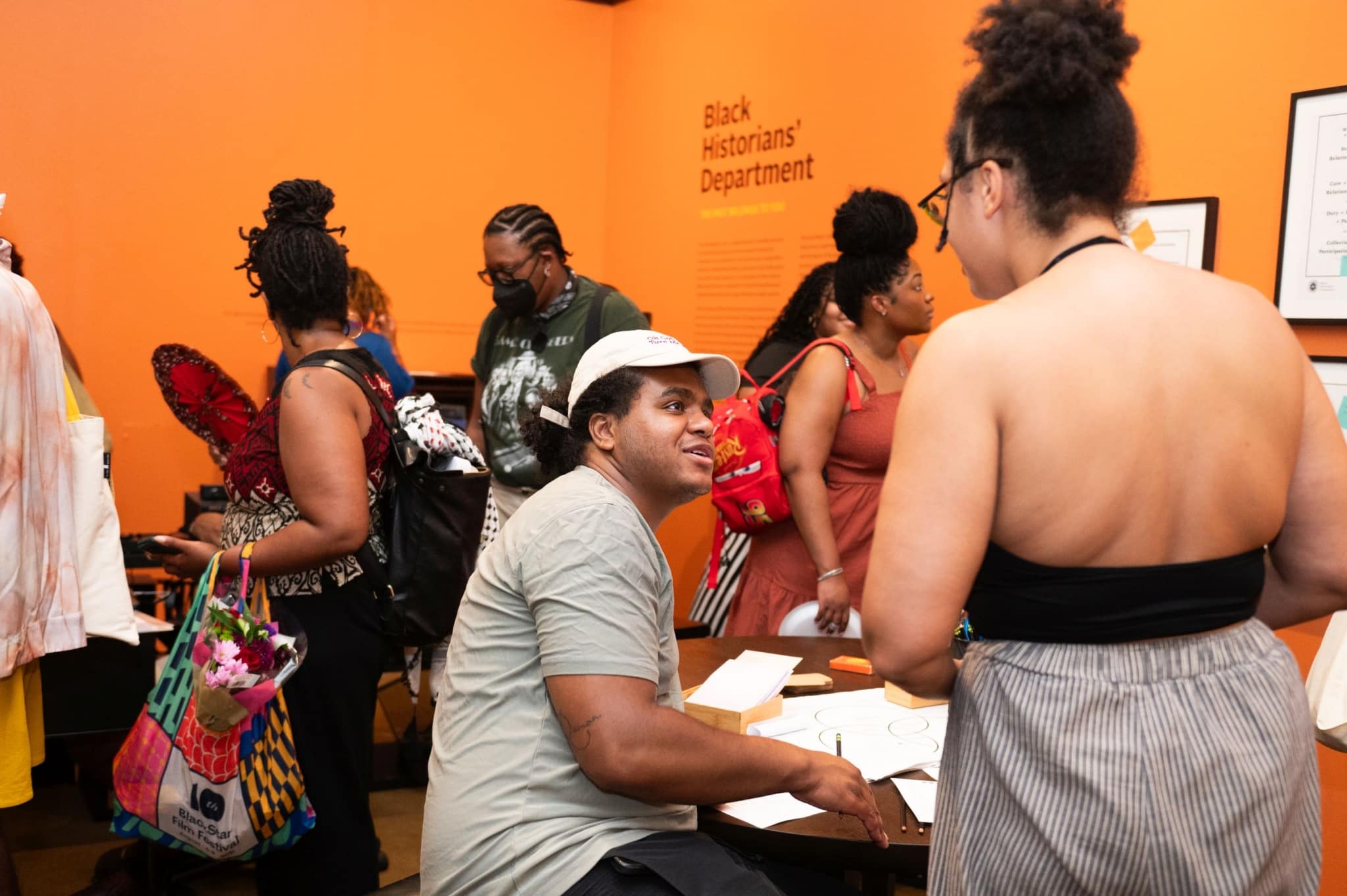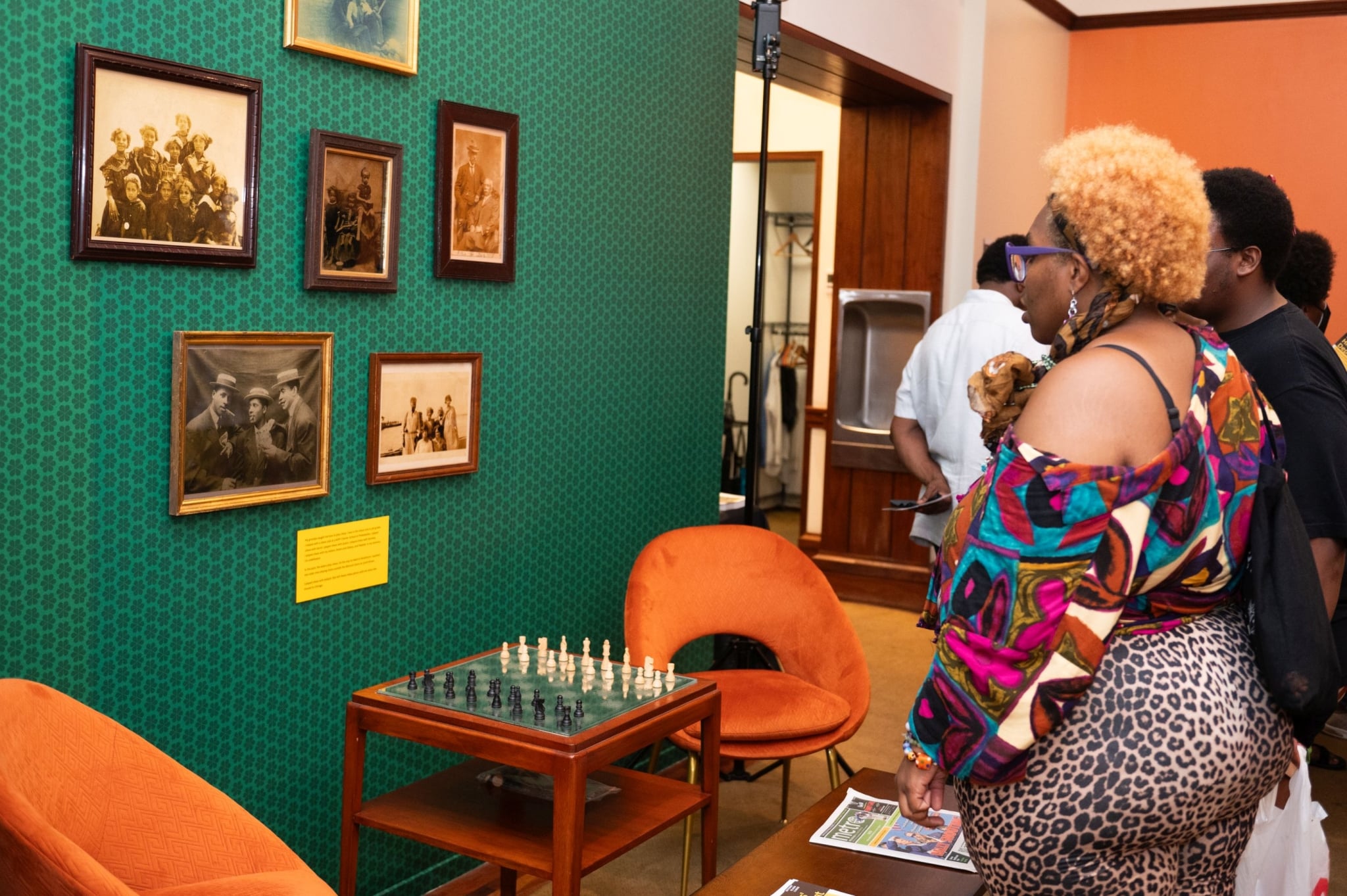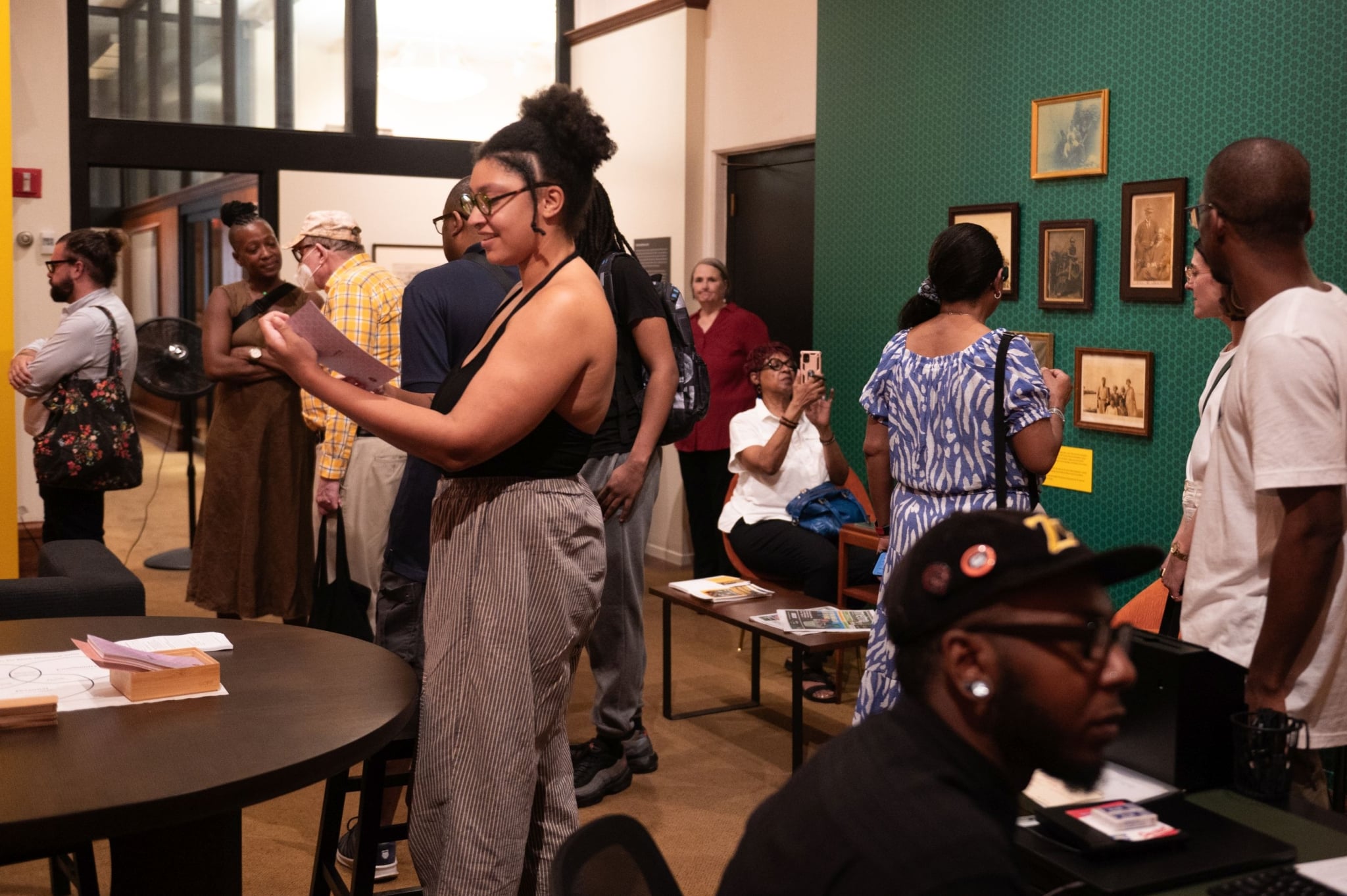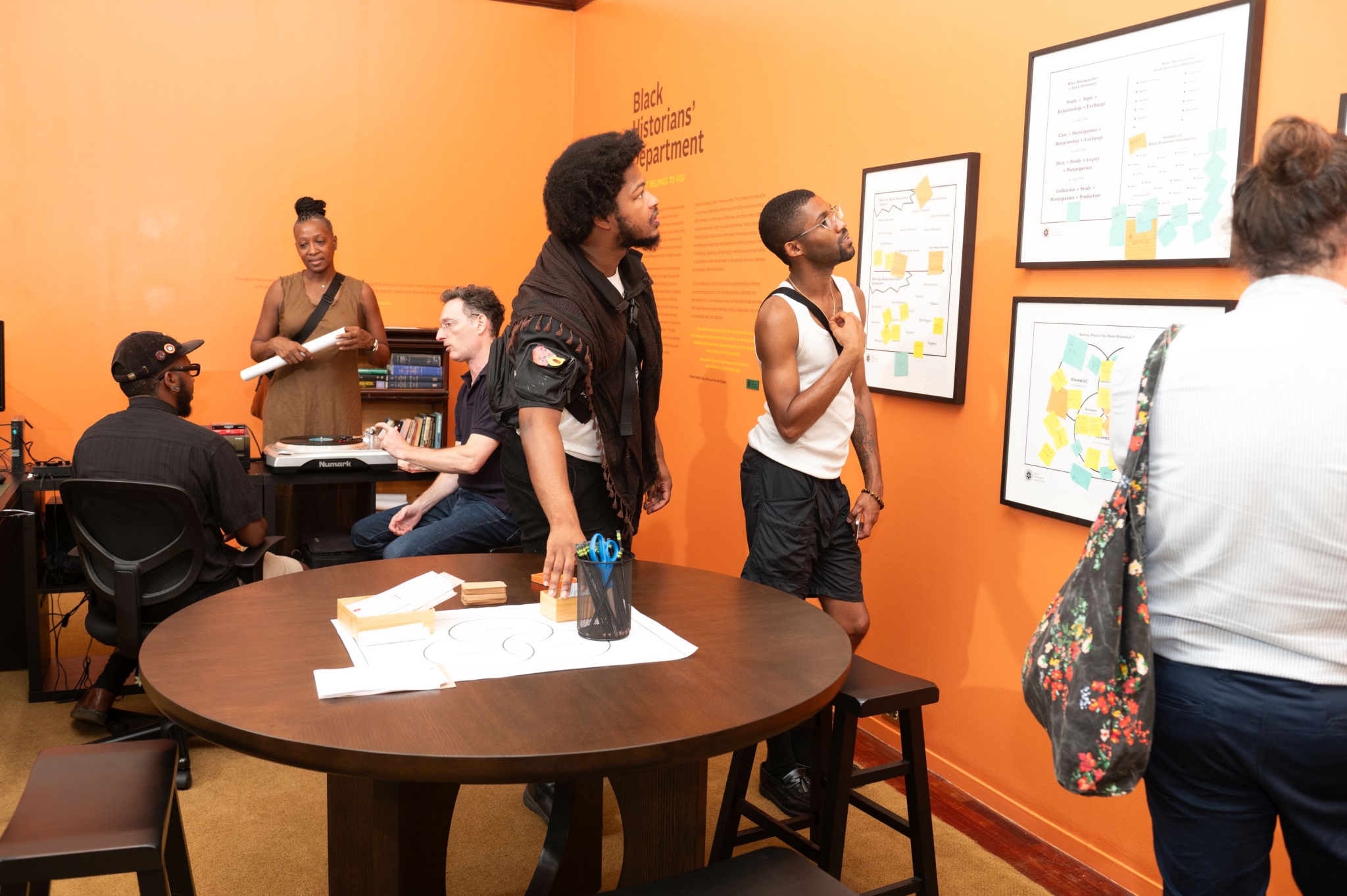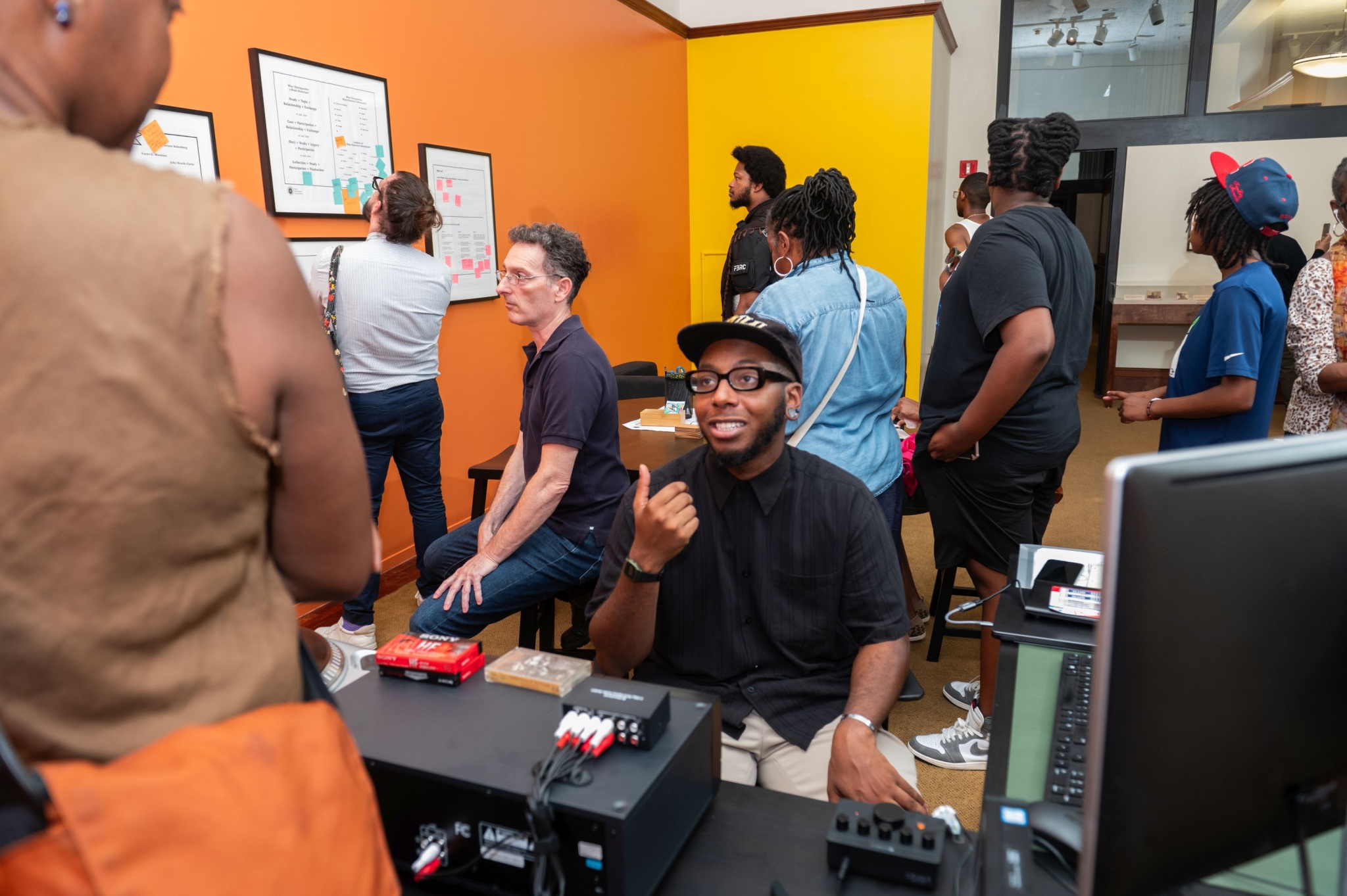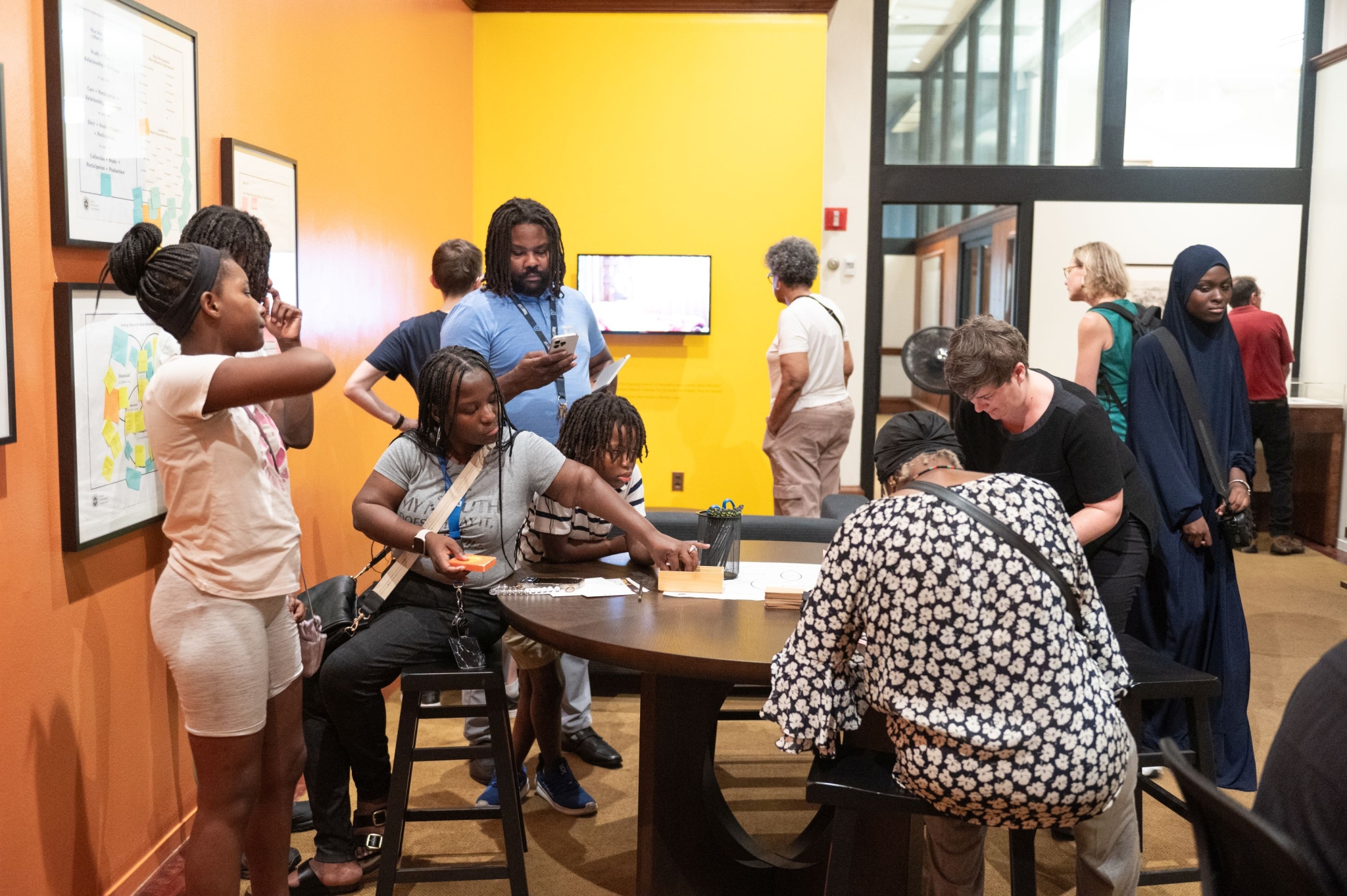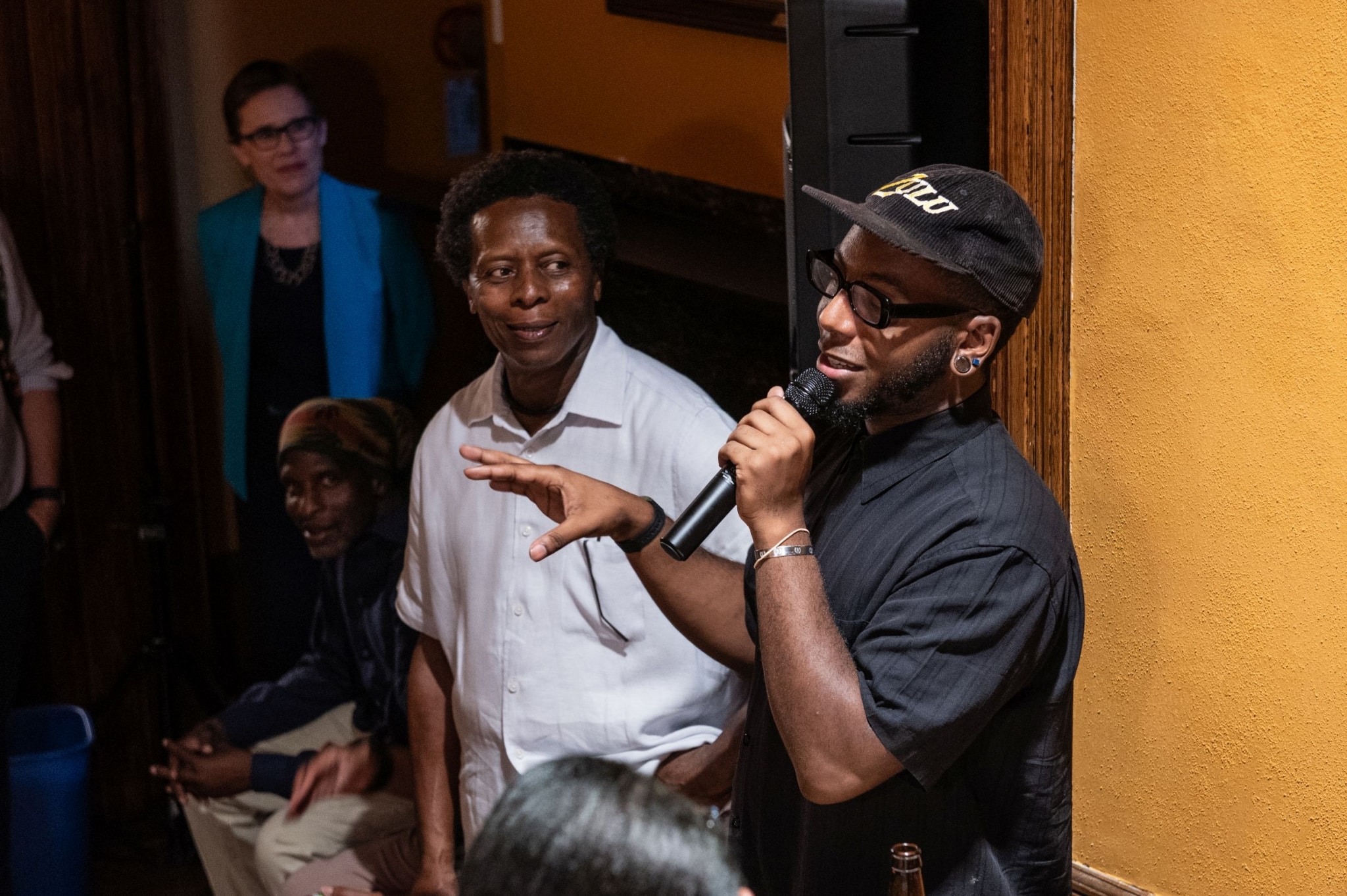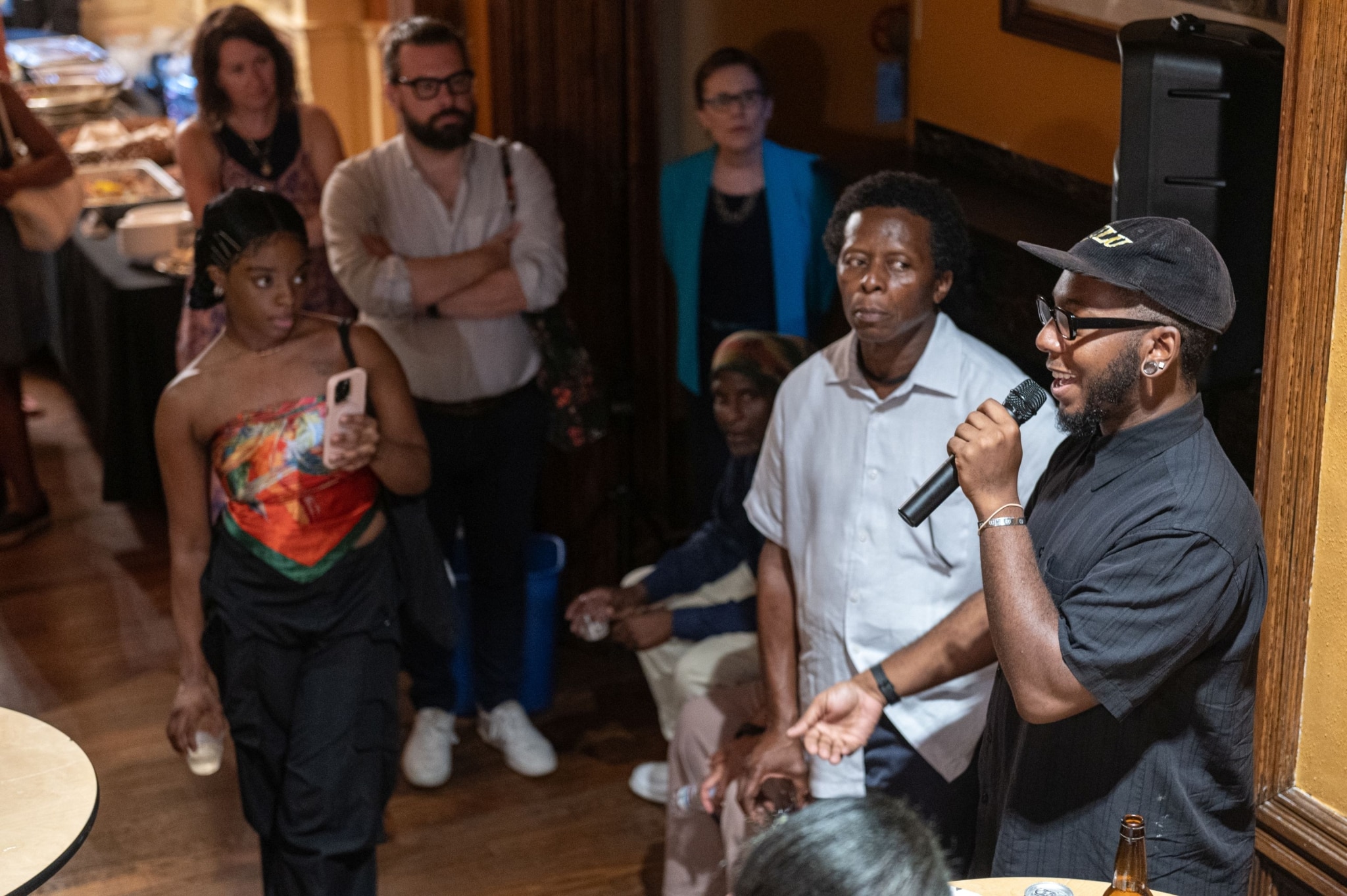The Black Historians’ Department: The Past Belongs to You
In The Black Historians’ Department: The Past Belongs to You, speculative historian Tafari Robertson created a space dedicated to the Black historians who cultivate their practice and stories outside of traditional institutions. It was a speculation of what would be different about history as a form if it were built around the ways that Black people hold and exchange information with each other and what it means to amplify and support those processes. Tafari explored these ideas with other members of Philadelphia’s Black artistic and cultural community in a series of workshops/listening sessions. The exhibition that grew out of these sessions included an office setting and a living room interior setting where visitors were invited to engage with reference books, audio tapes, and video clips as ways to experience history. Two cases of items from the Library Company’s African American History Collection were also displayed. The Past Belongs to You was an invitation to understand Black history as a community practice, not to be discovered or authorized, but participated in.
Photos by @Jaci Downs Photography
Project Partner
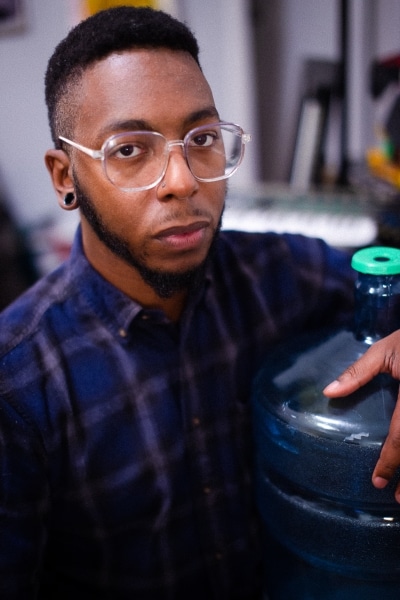
Tafari Robertson is a multidisciplinary artist based in Philadelphia, PA. He began his artist journey through painting, illustration and now works across mediums to explore the experiences layered within Black cultural spaces. He questions what are the artistic effects of space, the elements that create those experiences, and what ripples out when these spaces are created, sustained or destroyed.
His Book Space Archive is a series of audio collages developed through an investigative oral history practice conducted with historically Black bookstores across the U.S. Through interviews with owners and patrons, he pieces together themes and histories to create a new conversation for audiences to engage with, highlighting the energies preserved in these spaces that have upheld Black culture and are too often lost without notice.
Currently developing his speculative practice, his Future Forms explore the effects of administrative design toward creating perceptions of permanence and authority as pillars for institutional buy-in. He uses this work to build on the imaginative possibilities of creating new worlds for those ignored or diminished in our current frameworks.
Liaison
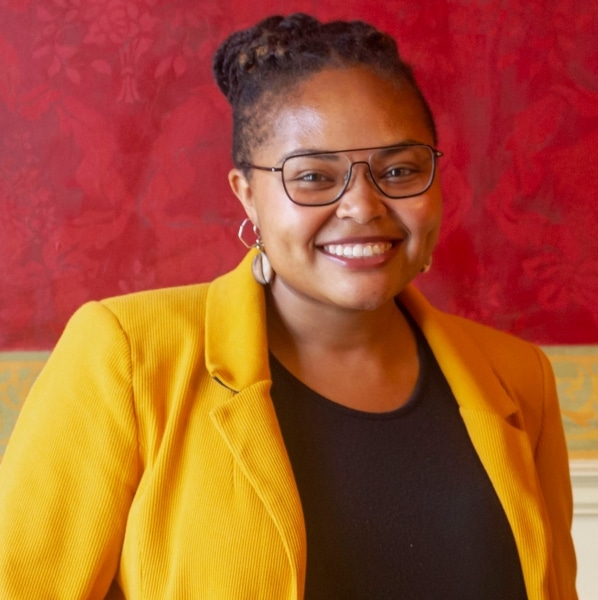
Wynn Eakins is a community archivist and librarian who served as the Reading Room Assistant, and later the Reference Librarian and African American History Subject Specialist at the Library Company of Philadelphia between 2020 and 2024. Before joining the Library Company in 2020, Wynn graduated with a B.F.A. in African American Studies from Wesleyan University and worked with special collections at Yale’s Program for Recovery & Community Health, the John J. Wilcox LGBT Archives, and the FLP’s Children’s Literature Research Collection.
Wynn completed a post-baccalaureate certificate in Community Based Librarianship at Drexel University in 2021, where they identified a significant accessibility gap in regional educational circles concerning early-American Black history and culture. In response, Wynn sought to close the gap by connecting diverse communities of memory workers, educators, artists, and more with the Library Company’s rich digital and physical resources. They also pursued further education in this area by taking course on Black Bibliography through Rare Book School at Princeton University and the Schomburg Center in 2023. Through their engagement with organizations such as the ALA, RBMS, the Caribbean Studies Association, Paul Robeson House Museum, Scribe Video Center, and more, Wynn has become an ambassador for the institution’s collections in African, African American, and Caribbean history and culture.
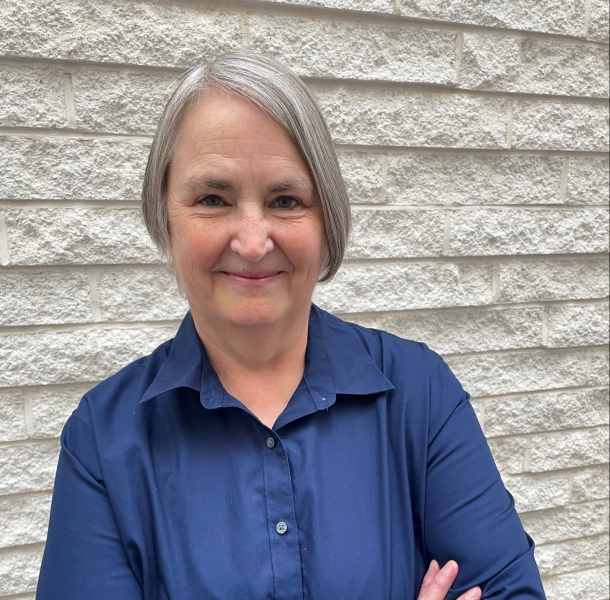
Sharon Hildebrand joined the staff as the Lea Family Head of Conservation in September 2022. For fourteen years prior, she has served as Head Preparator for Works on Paper at the Philadelphia Museum of Art. Her previous positions include various book and paper conservation and preservation roles at the American Philosophical Society, the Historical Society of Pennsylvania, as well as an earlier stint at the Library Company. She studied bookbinding and printmaking at the Oregon College of Art and Craft. Her research interests include sewn-board bindings, historical endbands, and publisher cloth bindings. Sharon teaches bookbinding and book arts classes and workshops, and is a member of the Guild of Book Workers and the Philadelphia Center for the Book.


